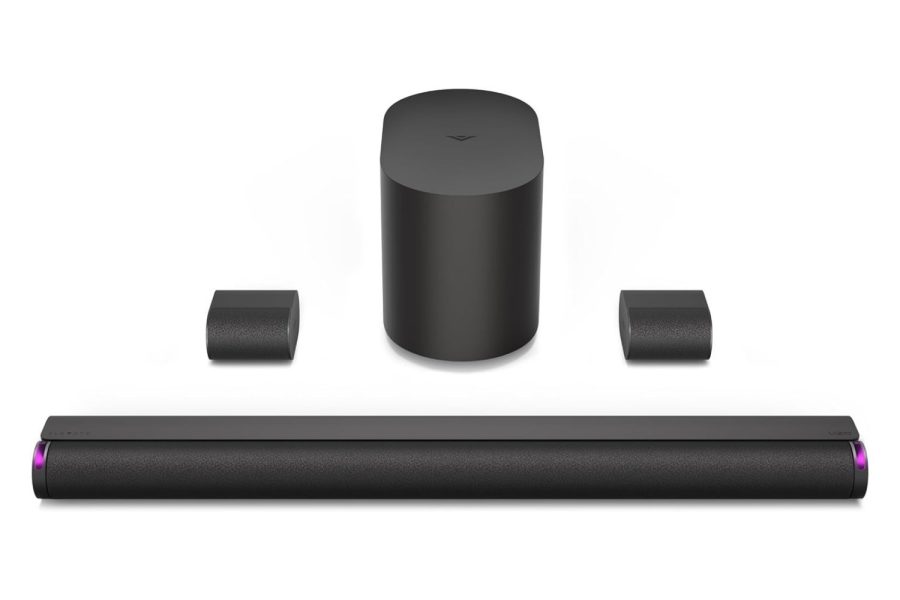Microsoft tests Edge Scareware Blocker to block tech support scams – BleepingComputer

January Windows 10 preview update force installs new OutlookGarmin GPS watches crashing, stuck in triangle ‘reboot loop’New Apple CPU side-channel attacks steal data from browsersSignal will let you sync old messages when linking new devicesLaravel admin package Voyager vulnerable to one-click RCE flawThis course bundle deal is the affordable way to train for CompTIA examsMicrosoft investigates Microsoft 365 outage affecting users, adminsFBI seizes Cracked.io, Nulled.to hacking forums in Operation TalentHow to access the Dark Web using the Tor BrowserHow to enable Kernel-mode Hardware-enforced Stack Protection in Windows 11How to use the Windows Registry EditorHow to backup and restore the Windows RegistryHow to start Windows in Safe ModeHow to remove a Trojan, Virus, Worm, or other MalwareHow to show hidden files in Windows 7How to see hidden files in WindowsRemove the Theonlinesearch.com Search RedirectRemove the Smartwebfinder.com Search RedirectHow to remove the PBlock+ adware browser extensionRemove the Toksearches.xyz Search RedirectRemove Security Tool and SecurityTool (Uninstall Guide)How to Remove WinFixer / Virtumonde / Msevents / Trojan.vundoHow to remove Antivirus 2009 (Uninstall Instructions)How to remove Google Redirects or the TDSS, TDL3, or Alureon rootkit using TDSSKillerLocky Ransomware Information, Help Guide, and FAQCryptoLocker Ransomware Information Guide and FAQCryptorBit and HowDecrypt Information Guide and FAQCryptoDefense and How_Decrypt Ransomware Information Guide and FAQQualys BrowserCheckSTOPDecrypterAuroraDecrypterFilesLockerDecrypterAdwCleanerComboFixRKillJunkware Removal TooleLearningIT Certification CoursesGear + GadgetsSecurityBest VPNsHow to change IP addressAccess the dark web safelyBest VPN for YouTubeMicrosoft has started testing a new “scareware blocker” feature for the Edge web browser on Windows PCs, which uses machine learning (ML) to detect tech support scams.Scareware scams (also known as tech support scams) have been a pervasive threat for years. The scammers use aggressive landing pages to persuade potential victims that their devices have been compromised with malware and then try to gain remote access to targets’ systems by pressuring them to call a fake tech support number. Defender SmartScreen, which also protects Edge users from scams, activates after an abusive site is detected and added to its index of malicious web pages to safeguard users globally within minutes.However, Microsoft’s new AI-powered Edge scareware blocker (introduced at the 2024 Ignite conference in November and now available in preview for users in the stable channel) offers extra protection by detecting signs of scareware scams in real-time using a local machine learning model.”Scareware blocker adds a new, first line of defense to help protect the users exposed to a new scam if it attempts to open a full screen page. Scareware blocker uses a machine learning model that runs on the local computer,” Microsoft said.”The model uses computer vision to compare full screen pages to thousands of sample scams that the scam-fighting community shared with us. The model runs locally, without saving or sending images to the cloud.”Once it detects a scam page, it alerts users and allows them to continue loading the webpage if they trust the site is safe.”To enable in Edge, first make sure that previews are allowed by your administrator and also that Edge is fully up to date. You may want to restart the browser once more to make sure your Edge client has the preview,” Microsoft added on Monday.”After making sure you have the latest updates, you should see the scareware blocker preview listed under “Privacy Search and Services.'”When the scareware blocker spots a potentially malicious page, Edge gives control back to the user, exiting full-screen mode, halting loud audio, displaying a warning, and showing a thumbnail of the page.Users can then report the scam site to protect others by sharing screenshots and diagnostic info with Microsoft, helping the Defender SmartScreen service detect scareware outbreaks across users’ devices.The scareware blocker ML model will discard the page if users don’t report the page. To reduce false positives, users should also report cases where legitimate sites are flagged as malicious.”By reporting false alarms, you help us make the feature more reliable to catch the real scams. Beyond just blocking individual scam outbreaks, our Microsoft Digital Crimes Unit goes even further to target the cybercrime supply chain directly,” Microsoft said.On Friday, the company also reminded customers that a new brand impersonation protection feature for Teams Chat will be generally available by mid-February 2025.Microsoft previews Game Assist in-game browser in Edge StableFBI shares tips on how to tackle AI-powered fraud schemesUncover Hidden Browsing Threats: Get a Free Risk Assessment for GenAI, Identity, Web, and SaaS RisksGet access to multiple AI tools for life with this 1min.AI dealGoogle to kill Chrome Sync on older Chrome browser versionsA legitimately positive use case for ML. This one has the potential to do some real good.I use edge at work, and it’s not bad. It integrates well with AD\Azure accounts, Teams, sharepoint and other stuff from the M$ ecossystem, and has some useful features. This feature can be a good thing in business environments where users have internet filters but no ad blockers. But i will remain skeptical as to how well it’ll be implemented and how it’ll work.
Certain aspects of it don’t sound too good; “The model runs locally” – will this require an NPU? Will this impact RAM and CPU somewhat and become even more bloatware to a point where it’s not even worth turning on?
M$ needs something good, well done and useful these days, even something as simple as this, to get some user trust back. And definitely NOT use this as another pitch to engage in even more petty bickering with Google and chrome.
Personally, not holding my faith in it.”The model uses computer vision to compare full screen pages to thousands of sample scams”
So run that on your own scam pages until it doesn’t hit and you get an all that better con thanks to feedback from your friends at Microsoft. Not a member yet? Register NowDeepSeek halts new signups amid “large-scale” cyberattackBitwarden makes it harder to hack password vaults without MFAMicrosoft Teams phishing attack alerts coming to everyone next monthStruggling with Security? Learn how VisionX + Splunk has you coveredProtecting Against Malicious Browser Extensions: The Complete GuideCriminal IP Teams Up with OnTheHub for Digital Education CybersecurityPassword health-check overdue? Audit your Active Directory for freeGet the GOAT Guide to learn how to start validating, start defending, and start winning.Terms of Use – Privacy Policy – Ethics Statement – Affiliate DisclosureCopyright @ 2003 – 2025 Bleeping Computer® LLC – All Rights ReservedNot a member yet? Register NowRead our posting guidelinese to learn what content is prohibited.



